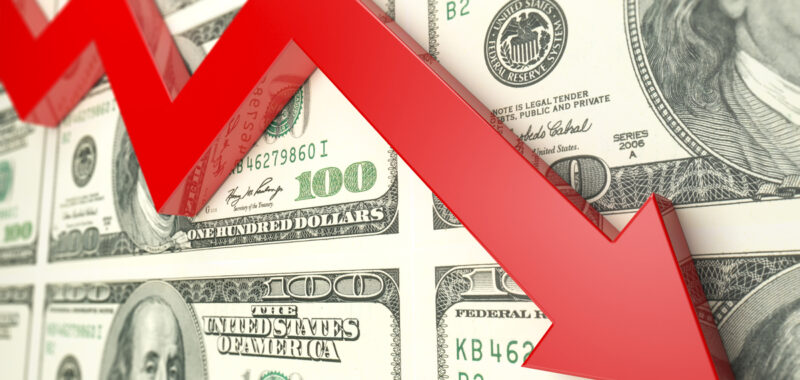Investors might want to take advantage of the stock market’s recent pessimism.
Investors have been hit with some turmoil in recent days. Soft U.S. economic data, an interest rate hike in Japan, and Berkshire Hathaway‘s aggressive selling have resulted in notable declines over the past week for the S&P 500 and the Nasdaq Composite index.
However, astute investors understand that volatility is par for the course when it comes to achieving solid long-term returns. In fact, the sell-off might present lucrative opportunities in otherwise fantastic companies, like this streaming pioneer whose shares are down 10% from their 2024 peak (as of Aug. 6).
Should investors buy the dip on this phenomenal stock?
Dominating the new media landscape
Investors looking to gain exposure to Netflix (NFLX 0.57%), the leading pure-play streaming business, might want to take advantage of the market’s pessimism. There are a few reasons to appreciate this company.
Let’s start with Netflix’s first-mover advantage. Its head start in the streaming race helped attract customers at a rapid pace, with outsized revenue growth. Netflix was winning over subscribers in spectacular fashion because it offered a superior user experience when compared to traditional cable TV.
Of course, the streaming industry is much more competitive now. But Netflix reigns supreme. As of June 30, it had 278 million members in over 190 countries. This has become a global media and entertainment powerhouse with scale benefits.
Admittedly, growth will slow, even though management estimates the total addressable market opportunity (that are not currently Netflix customers) to be at 500 million smart-TV households worldwide. In its most mature markets, the U.S. and Canada, Netflix historically has been able to successfully flex its pricing power.
Netflix’s size means it makes plenty of revenue, to the tune of $36 billion in the last 12 months. This allows it to spend hefty amounts on producing and licensing content, while registering expanding profitability. The company expects to report an operating margin of 26% this year. That would be better than last year’s 21% and 2022’s 18%. Netflix is clearly showing benefits of its scalable business model, at a time when rivals struggle with bottom-line performance.
Because Netflix was spending so much money during the 2010s to acquire subscribers and develop its content offerings, critics never thought the business would generate positive free cash flow (FCF). Netflix proved the doubters wrong. The company brings in billions of dollars in FCF and uses some of it to buy back shares.
Don’t ignore the valuation
It’s rare for investors to see such a dominant enterprise’s shares go on sale. In May 2022, Netflix stock sold for a price-to-earnings (P/E) ratio of 15, which is unheard of. Besides general market weakness amid rising interest rates, investors were worried about Netflix’s Q1 2022 subscriber losses. But with the benefit of hindsight, this turned out to be a wonderful buying opportunity.
Netflix stock isn’t close to being that cheap today. It trades for a P/E ratio of 39. On the surface, this does not look compelling. It represents a 25% premium to the Nasdaq-100 index. However, it is much cheaper than the stock’s trailing five- or 10-year average valuation multiples.
It’s also worth pointing out that in the past five years, Netflix’s earnings per share (EPS) have soared at a compound annual rate of 52%. According to Wall Street consensus analyst estimates, EPS is projected to rise at an annualized pace of 32% between 2023 and 2026.
With the shares down 10% from their 2024 peak, it looks like a good time to take advantage of the dip and add Netflix to your portfolio.
Neil Patel and his clients have no position in any of the stocks mentioned. The Motley Fool has positions in and recommends Berkshire Hathaway and Netflix. The Motley Fool has a disclosure policy.

